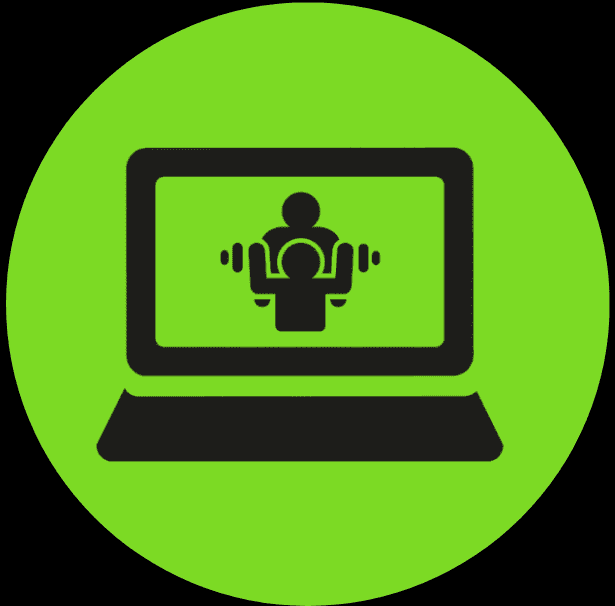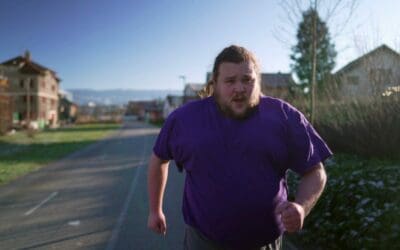This is an advanced method of training that the working muscle group in three different ranges of motion within a single set Its name from the total number of reps per set you form with this training technique In each set, you do a total of 21 repetitions but as three separate sets of 7 reps. You start the set from the start position and do 7 reps through the first half of the range of motion. After you complete the first 7 reps, you do another 7 reps but only through the last half of the range of motion when those 7 are complete, you finish with 7 reps through the full range of motion of that exercise. Using the barbell curl as an example, you start with your arms fully extended, holding a barbell across the front of your thighs. First, you curl the weight up 7 times only to the point where your arms are parallel with the floor. Then you curl the weight up 7 times from the point where your arms are parallel with the floor to the point where they are close to your shoulders. After these 7 reps, you perform 7 standard barbell curls going through the full range of motion.
The 21s can be done with virtually any exercise but are most practical with single-joint isolation movements. Multi-Joint exercises, like the bench press and squat, involve so many secondary and stabilizing muscles that straight sets prove the most effective. See a sample of the best exercises to use with 21s. Regardless of the exercise, you’ll need to use lighter resistance than usual when doing 21s, since your muscles are unaccustomed to the increased number of reps. Using cables or machines for this training technique is an excellent way to maintain continuous tension on the muscle. This is especially important because the tension on the muscle is typically decreased at full flexion when you use free weights.
With 21s you can most effectively work on flexibility within the joint during the first 7 reps since you begin each rep with the working muscle in a fully stretched position. The middle 7 reps are most productive in terms of muscle growth and development because you’re stronger in the second half of the movement and you can squeeze the contraction at the top for maximum peaking. The last 7 reps essentially serve the purpose of burning out the muscles, which is great for initiating new growth.
To work 21s into your current routine, do three sets of them as the first exercise for a body part (after a proper warm-up, of course), then resume with straight sets for all other movements in that body-part workout. Or do one to three sets of 21sas the last exercise for a particular body part to burn it out. To avoid overtraining, decrease your volume for the body part you’re doing 21s with by doing one fewer exercise in that workout. If on chest day you normally do three or four exercises, do two or three if you’re doing three sets of 21s Beginners should start off with only one set of 21s-remember, this is an advanced technique. You can increase to 2 or 3 sets after a couple of sessions. Follow this program for about four to eight weeks, and no more, because it loses its effectiveness after about eight weeks.
| Muscle group | Exercise | Reps |
| Chest | Cable crossover | 7,7,7 |
| Back | Lat pulldown | 7,7,7 |
| Shoulders | Cable lateral raise | 7,7,7 |
| Quadriceps | Leg extension | 7,7,7 |
| hamstrings | Leg curl | 7,7,7 |
| Triceps | Triceps pressdown | 7,7,7 |
| Biceps | Single-arm cable curl | 7,7,7 |








0 Comments